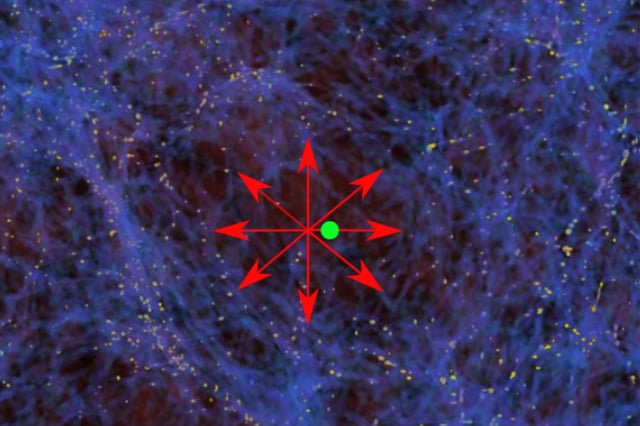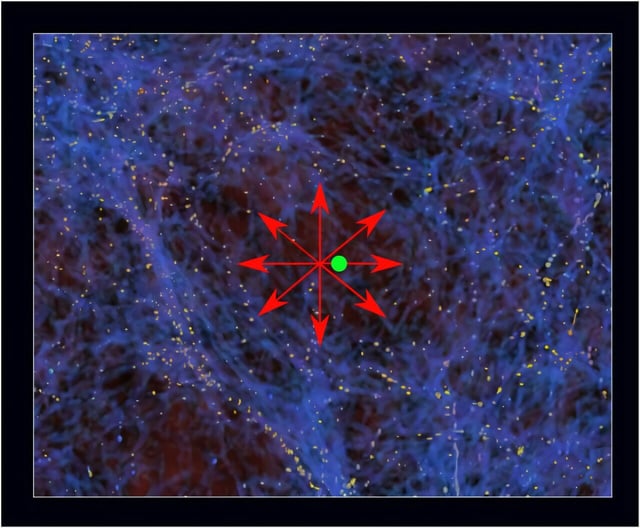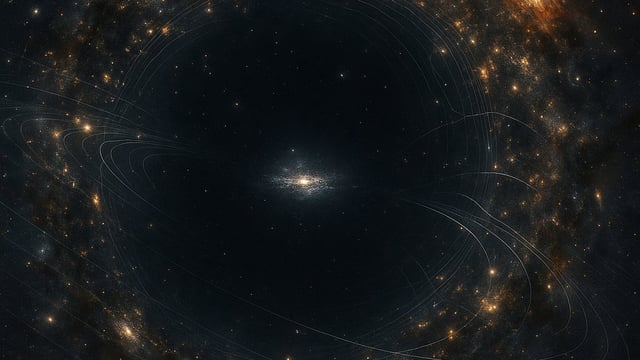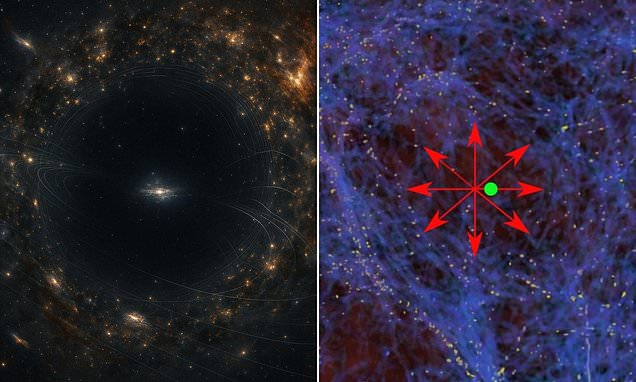Overview
- BAO analyses presented at the National Astronomy Meeting show a billion-light-year void around the Milky Way is roughly 100 million times more probable than a uniform Planck cosmology
- Direct galaxy counts reveal the local universe’s density is about 20 percent below the cosmic average, matching predictions of the void hypothesis
- The proposed void would place Earth near its center, causing matter to flow outward and boosting apparent local expansion rates
- A vast underdensity on this scale conflicts with the Lambda-CDM framework’s principle of large-scale homogeneity
- Researchers will use cosmic chronometers—galaxies that have ceased star formation—to independently chart expansion history and test the void scenario



